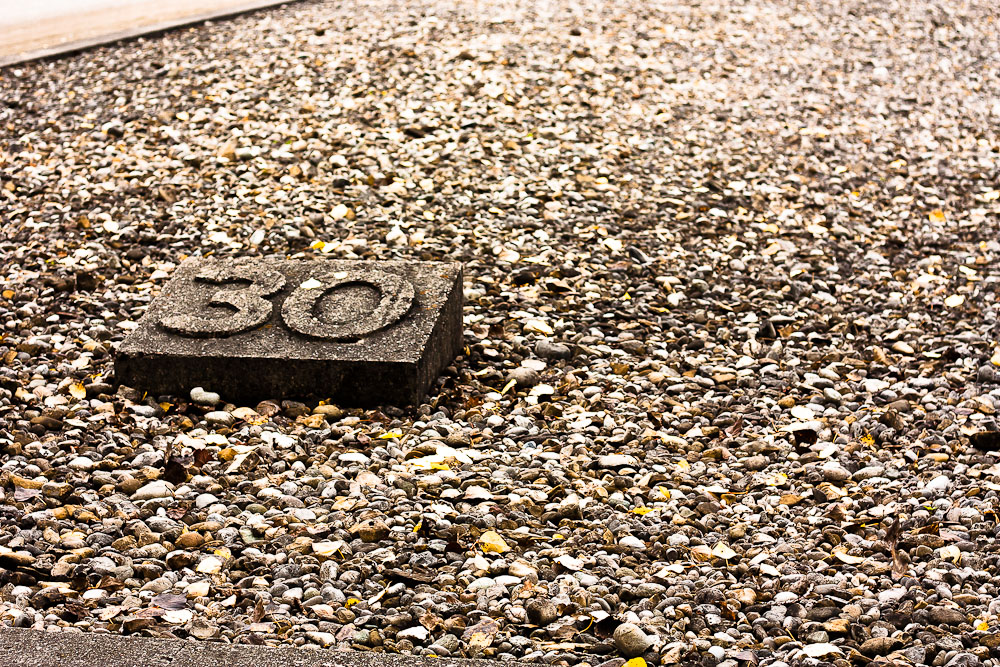Dachau Concentration Camp came extremely overcrowded during its last months. In the end of 1944 there were over 63.000 prisoners in Dachau and its sub-camps and typhus epidemic break out killing many prisoners. Thousands of others were dying from malnutrition, exhaustion or in death marches organized by Nazis. Those ones who survived until April 29th 1945 saw the liberation – 42nd and 45th Infantry Divisions and 20th Armored Division of U.S. Army liberated approximate 32.000 prisoners from Dachau during that day. As U.S. Army approach didn’t come as a surprise, many of the Nazi commanders were able to escape from the camp. While ‘big boys’ were escaping, many of those who were left guarding the prisoners when U.S. army arrived, were executed even though they surrendered.
 |
|
There were total
34 barracks in Dachau – all extremely overcrowded during the last months before
the liberation
|
Today, exatly 70 years after that day, the phrases written in the monuments of Memorial Site of Dachau are in my mind.
Never Again.
Do not forget.
It’s difficult to understand why and how all that happened. If we would, it would be easier to prevent history repeating itself. However unfortunately when looking a world around us today, it’s not too difficult to imagine that something like this could happen again someday. Humans don’t learn from their mistakes. But it’s good that places like Dachau Memorial Site are existing still today. That way we and future generations can at least try to understand. And at least we don’t forget...


















